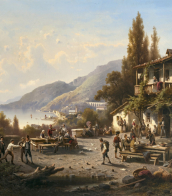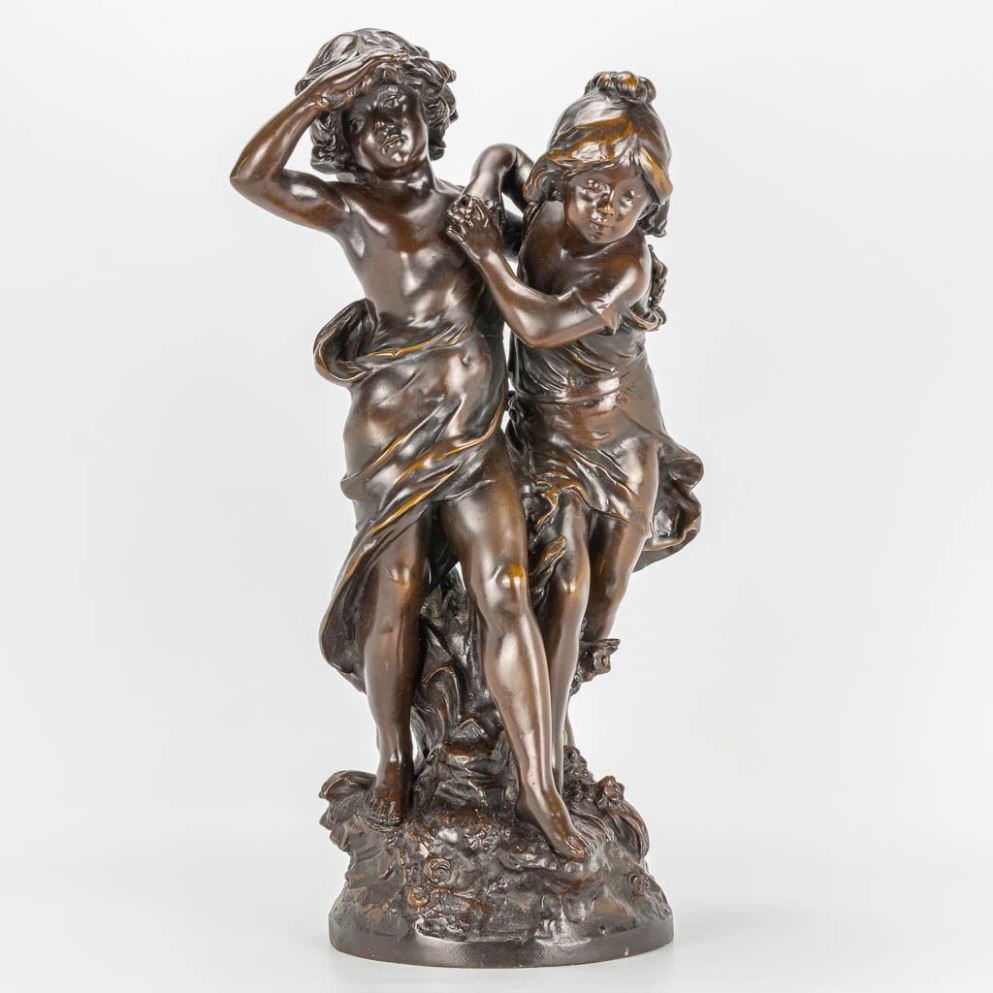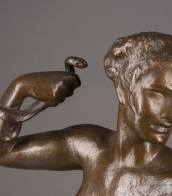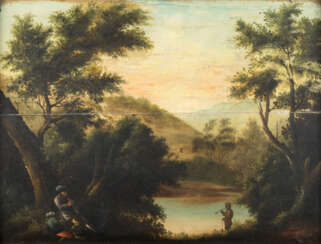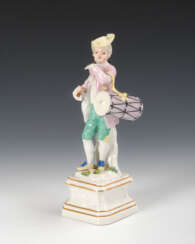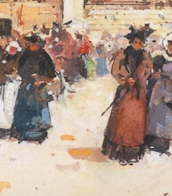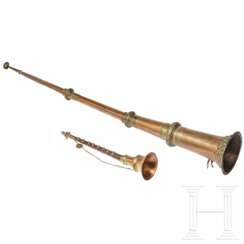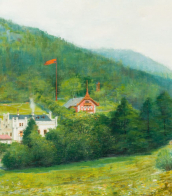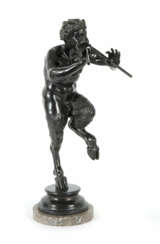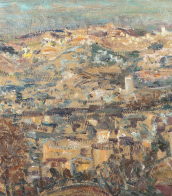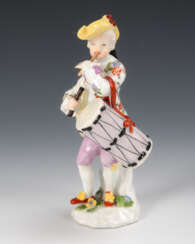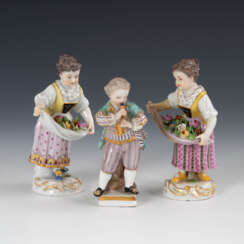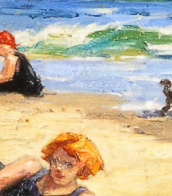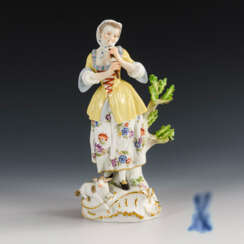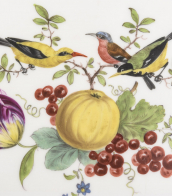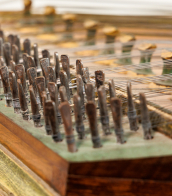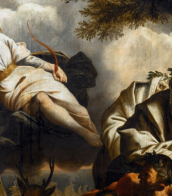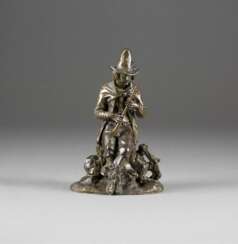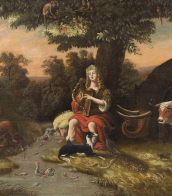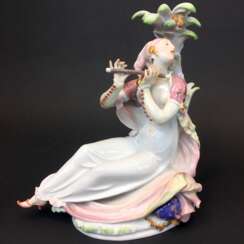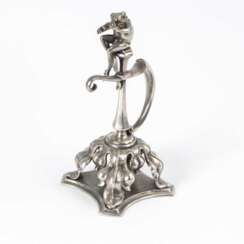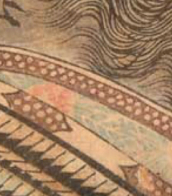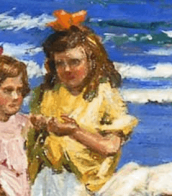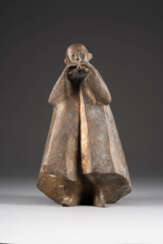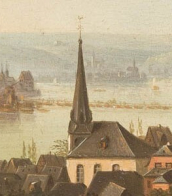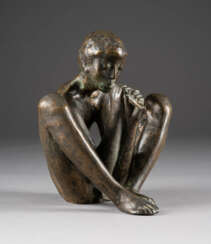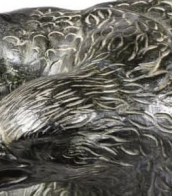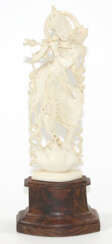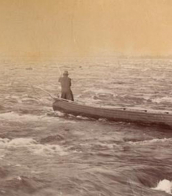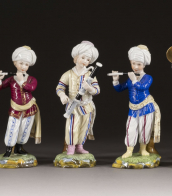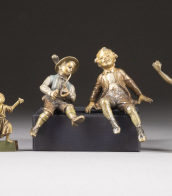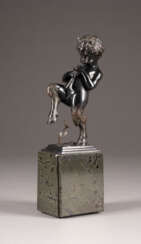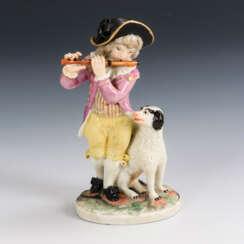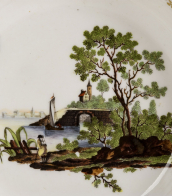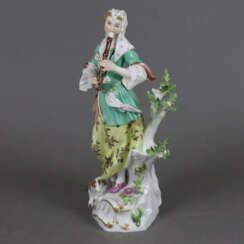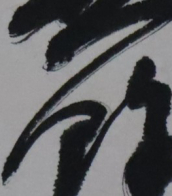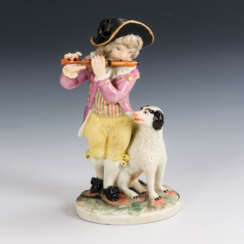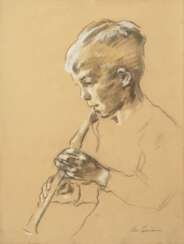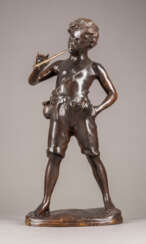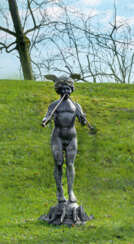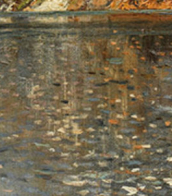flöte
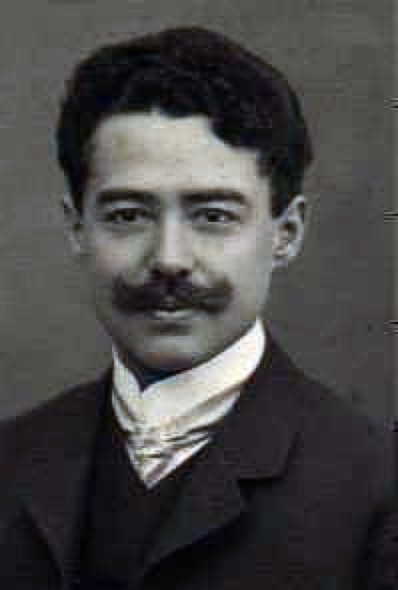
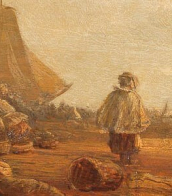
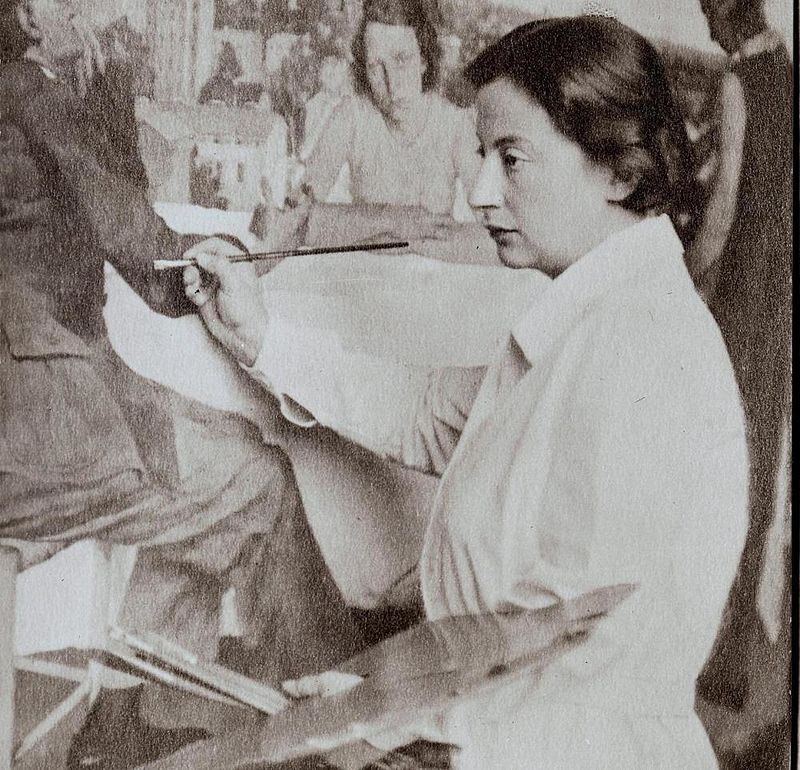
Lotte Laserstein was a German-Swedish artist and a prominent representative of German realism.
Lotte was a student at the prestigious Berlin Academy of Fine Arts and became an accomplished realist painter, receiving a gold medal from the Academy for her work. Her first exhibition took place in 1930 at a Berlin gallery. Laserstein worked partly in figurative painting, had apprentices, and illustrated anatomy texts to earn money. She also painted portraits of cosmopolitan, emancipated women as well as self-portraits.
The National Socialist regime forced the artist to leave Germany in 1937 and emigrate to Sweden. Her mother died in a concentration camp. Lotte Laserstein lived in Stockholm until the end of her life, creating over five decades of work, in addition to expressive self-portraits, many moving images of other immigrants, rural landscapes and urban scenes in Sweden.
Lotte Laserstein became a member of the Swedish Academy of Fine Arts and earned a reputation as a popular and respected portraitist. She has approximately 10,000 works in her oeuvre.
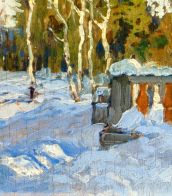
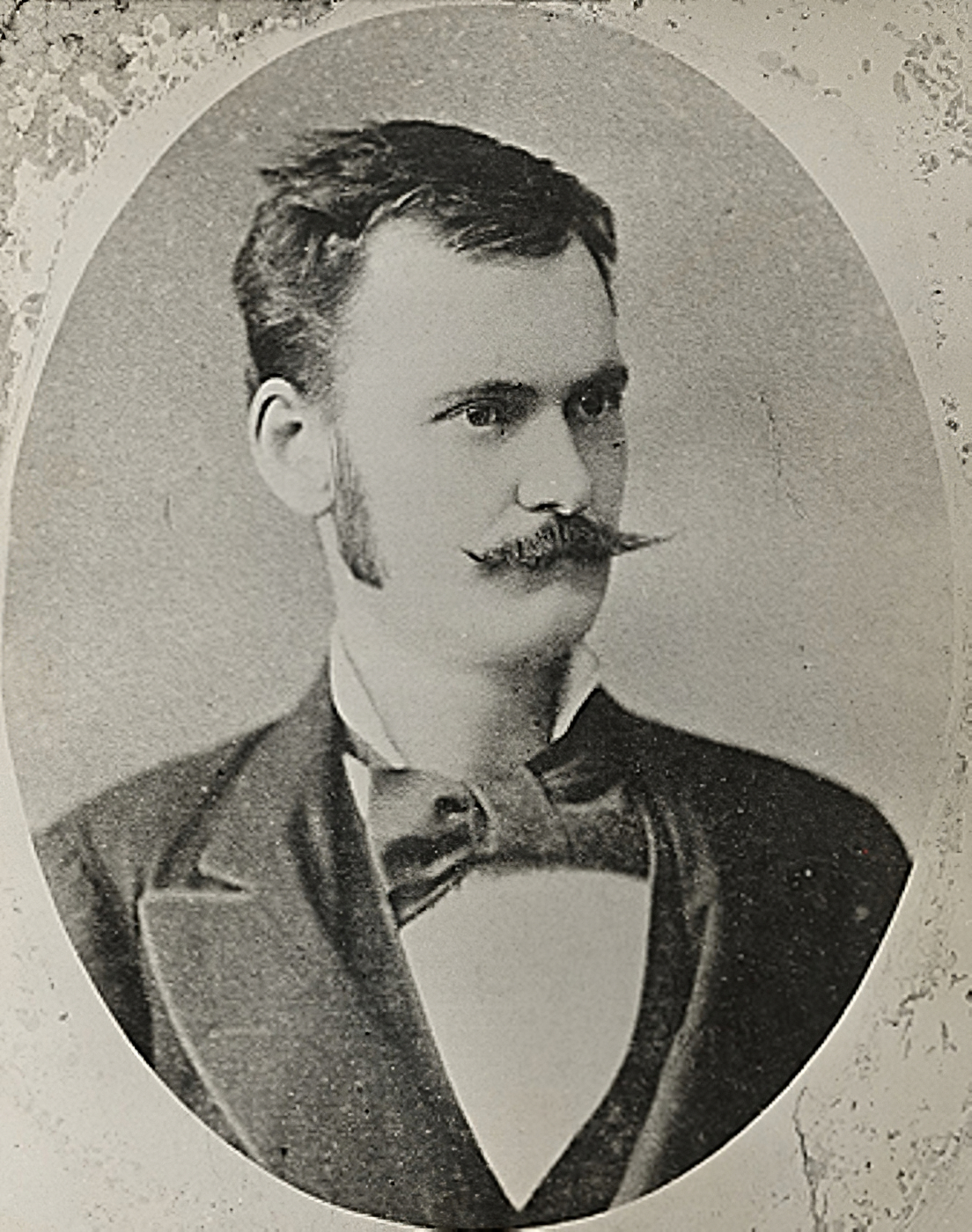
William Michael Harnett was an American painter of the second half of the 19th century. He became known as a master of still life. William Harnett was famous for his pictures of deception with extremely accurate depictions of everyday objects, which the viewer often could not distinguish from real things.
William Harnett, unlike most of his colleagues, never sought fame and popularity, so he forever remained faithful to the still life genre he had chosen as a young artist. His biography is a typical example of a successful career of a self-taught artist without academic education.
Harnett's best masterpieces are now preserved in museums in the United States.
